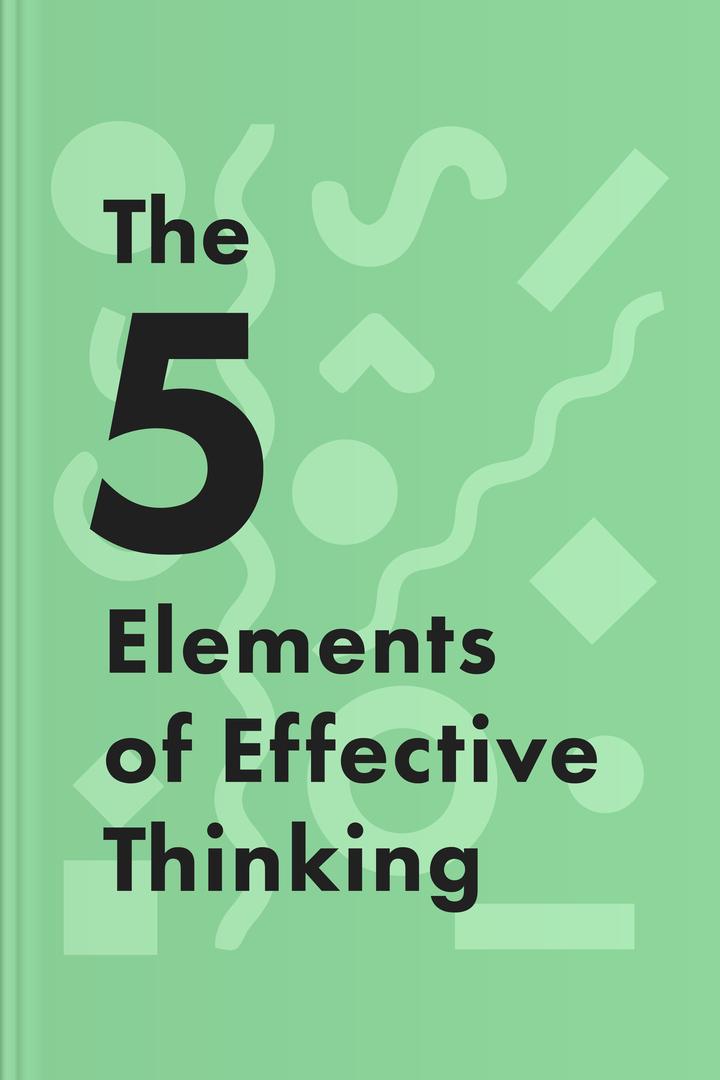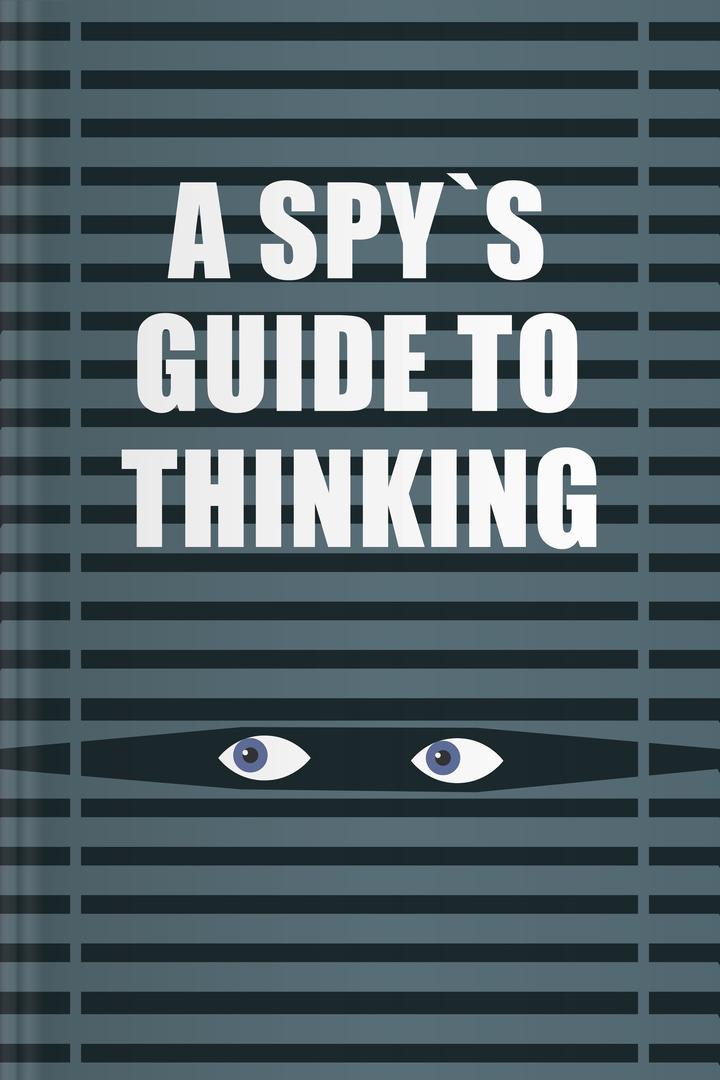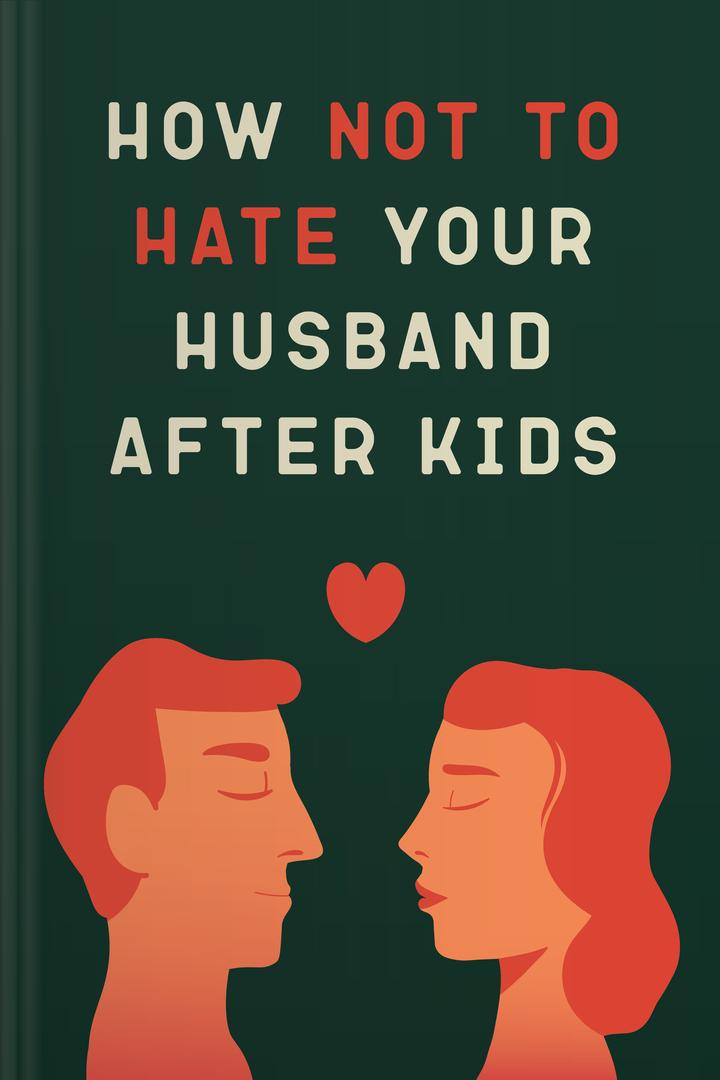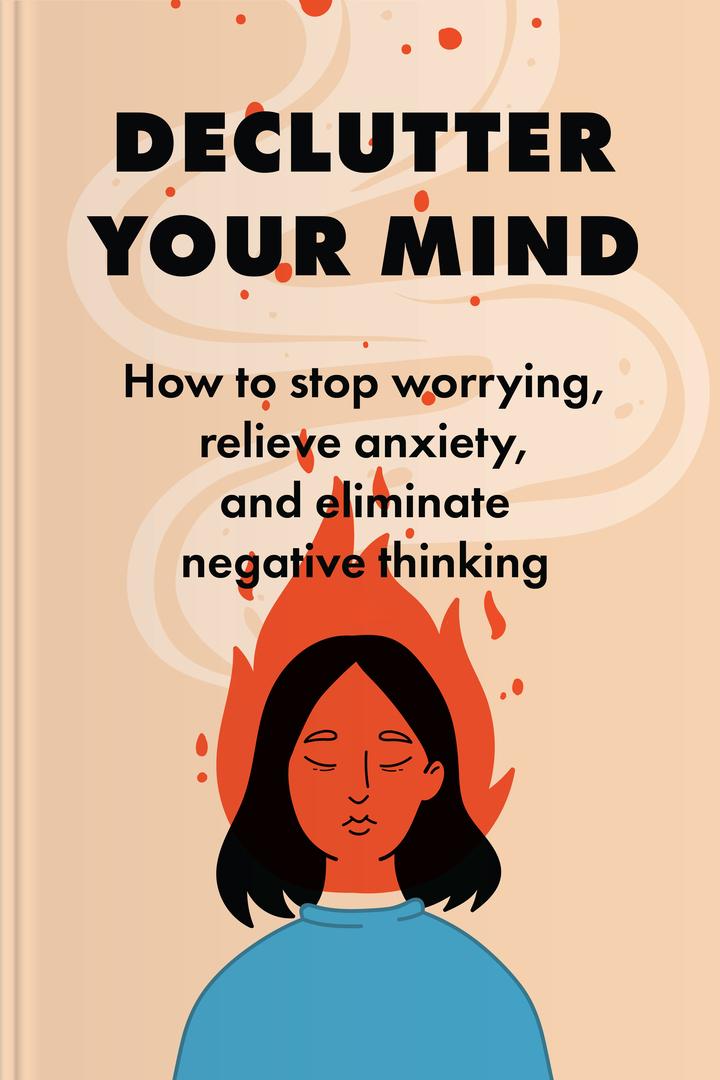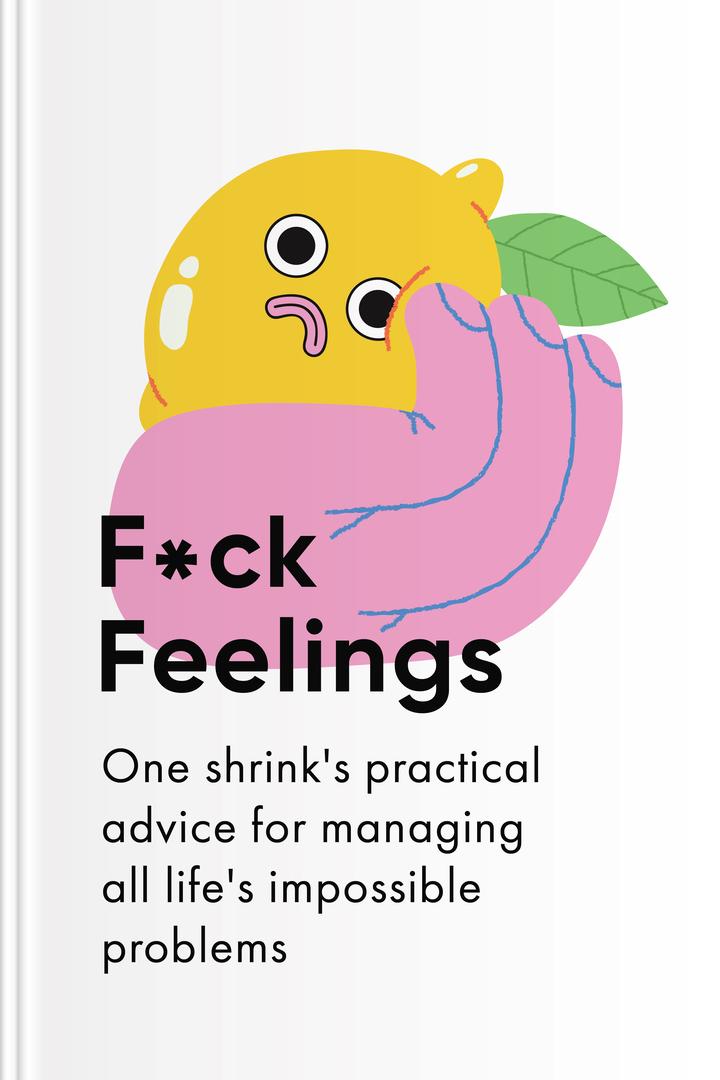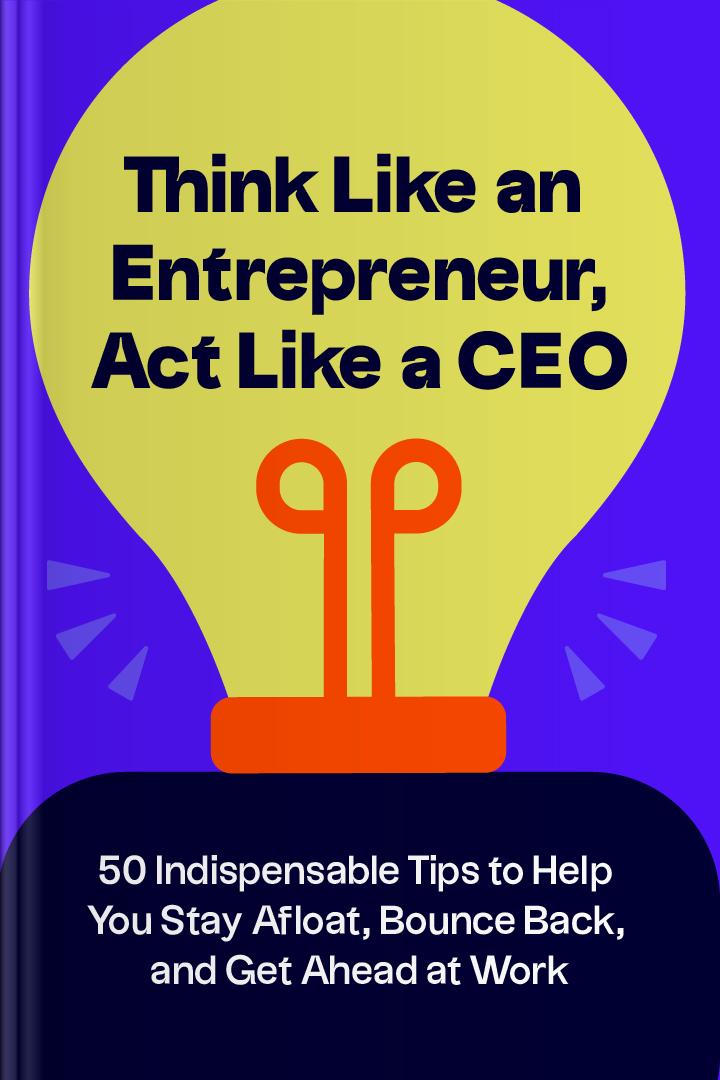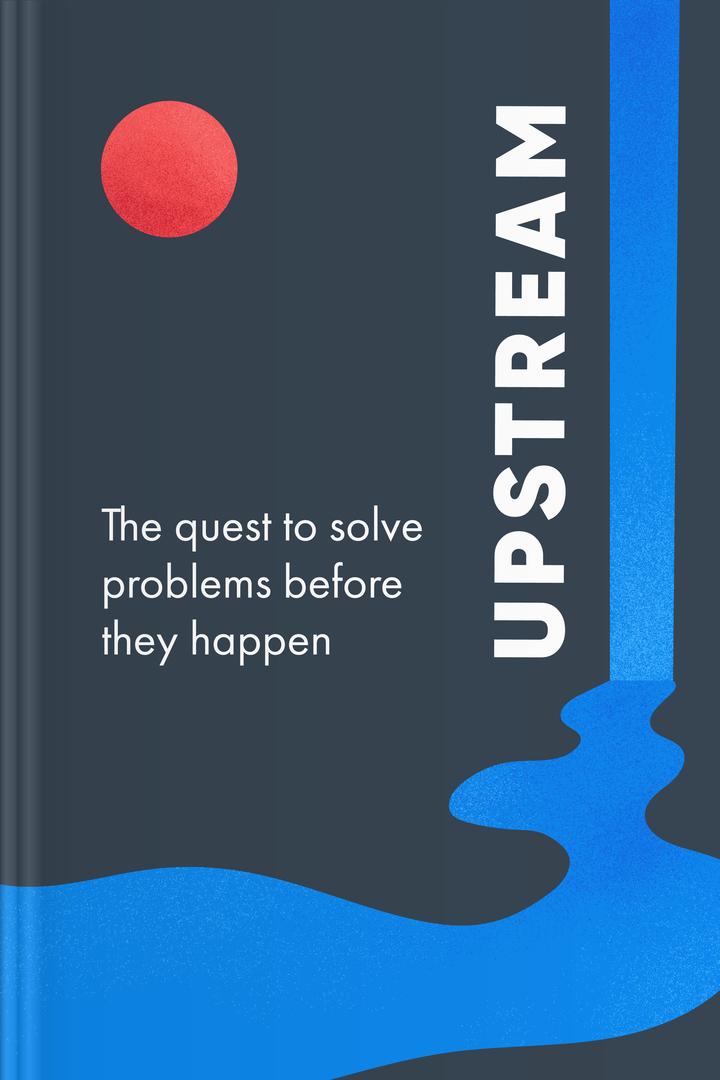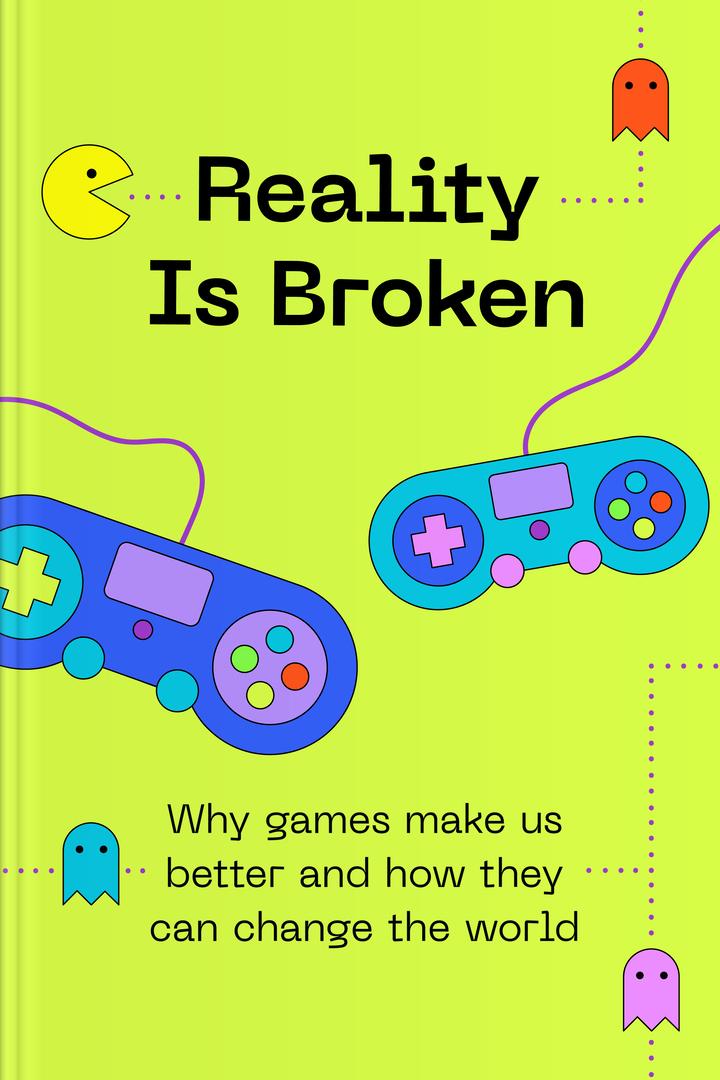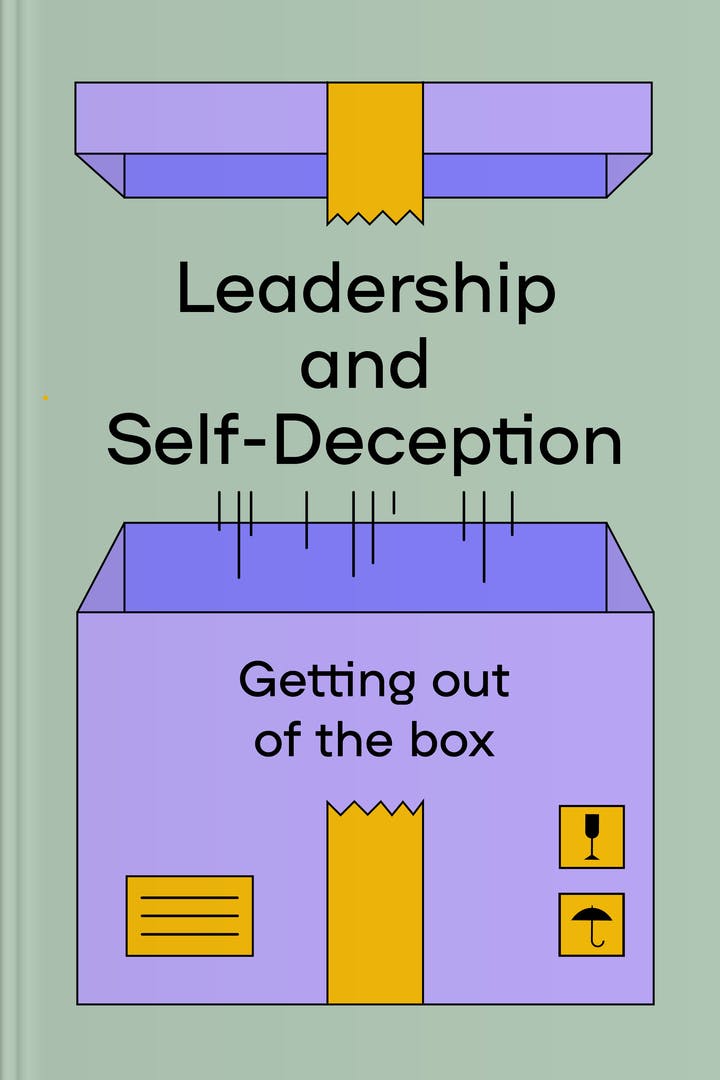70 Best Books for Effective Problem Solving
Problem-solving is a highly sought-after skill needed for personal and professional success. It involves effectively identifying, analyzing, and solving complex problems, including critical thinking. Our curated list of the best problem-solving books offers knowledge and insights on thinking critically, making decisions without undue emotion, and solving complex problems.
Check out this list for practical tips and real-life examples to improve your problem-solving skills, professionalism, and change the world for the better. Get ready to unleash your creative potential by immersing yourself in the diverse range of problem-solving books in our collection. Start thinking and solving problems effectively!
Why are problem-solving books so useful?
Every day, we face problems that require a quick and active response. Problem-solving is one of the most critical skills of leaders and effective people in any field.
There are many specialized techniques and methods for solving problems in areas such as engineering, business, medicine, mathematics, computer science, philosophy, and social organization. Mental methods of identifying, analyzing, and solving problems are studied in psychology and cognitive sciences.
In truth, people tend to complicate problems and make them bigger than they really are. To avoid this, try to divide the problem or situation into smaller parts, step by step, to determine where and what went wrong. Then try to find and choose the simplest and most obvious solution. As we know, the simplest things are often more effective.
Before making any decision, think about how this or that person would act in your place. Try to analyze the situation, look at it from the outside, and imagine it didn’t happen to you.
Best books on problem solving
Whether you want to learn how to make better decisions, learn something new, or simply enjoy meaningful conversations, choosing a good book on problem-solving is a great place to start.
Critical thinking is a belief system that allows you to analyze information and make rational decisions based on it. Globally, it’s the ability to distinguish lies from truth, which is extremely relevant in our age of misconceptions.
For example, psychologist Daniel Kahneman identifies two systems in the human psyche. System one is a fast way of thinking that allows you to make decisions quickly. System two is analytical work that requires time and effort, relies on logic, and involves the search for evidence. Both are necessary, but involving each at the appropriate time is important.
Critical thinking helps make decisions in personal life and professional activities. It helps solve complex problems and conflicts by allowing us to objectively assess the situation, analyze arguments, and find alternative solutions.
Additionally, critical thinking becomes especially relevant in scientific research and technological innovations. It helps to make inventions and discoveries, based on proven data and scientific methods. This type of thinking is also needed in business for strategic planning and developing new products. It contributes to market analysis, risk assessment, and decision-making effectiveness.
Overall, creative problem-solving is about developing unique and innovative solutions to problems or tasks. It requires coming up with unconventional ideas instead of the traditional way of doing things. You can find new, inspiring ideas and techniques for developing thinking and problem-solving skills in Headway’s bestselling book summaries.
The 5 Elements of Effective Thinking
by Edward B. Burger, Michael Starbird
Who should read The 5 Elements of Effective Thinking
Sprint
by Jake Knapp, John Zeratsky, Braden Kowitz
What is Sprint about?
Who should read Sprint
A Spy’s Guide to Thinking
by John Braddock
What is A Spy’s Guide to Thinking about?
Who should read A Spy’s Guide to Thinking
How Not to Hate Your Husband After Kids
by Jancee Dunn
What is How Not to Hate Your Husband After Kids about?
Who should read How Not to Hate Your Husband After Kids
Declutter Your Mind
by S. J. Scott, Barrie Davenport
What is Declutter Your Mind about?
Who should read Declutter Your Mind
F*ck Feelings
by Michael Bennett, MD, Sarah Bennett
What is F*ck Feelings about?
Who should read F*ck Feelings
Think Like an Entrepreneur, Act Like a CEO
by Beverly E. Jones
What is Think Like an Entrepreneur, Act Like a CEO about?
Who should read Think Like an Entrepreneur, Act Like a CEO
Upstream
by Dan Heath
What is Upstream about?
Who should read Upstream
Reality Is Broken
by Jane McGonigal
What is Reality Is Broken about?
Who should read Reality Is Broken
Leadership and Self-Deception
by The Arbinger Institute
What is Leadership and Self-Deception about?
Who should read Leadership and Self-Deception
FAQs on problem-solving books
What are the best books on problem-solving?
To develop problem-solving skills, you should read self-development and business literature like Daniel Kahneman's 'Thinking Fast and Slow,' Rolf Dobelli's 'The Art of Thinking Clearly,' and 'Cracked It! How to Solve Big Problems and Sell Solutions Like a Top Strategy Consultant,' by Bernard Garrette. These works offer practical strategies for improving your thinking and actions.
What are the seven steps to problem-solving skills?
Problem solving involves the following seven steps:
Problem definition: What is the problem?
Data collection: What is happening?
Root cause analysis: Why?
Solution planning and implementation: Solve the problem correctly.
Impact assessment: Return to the data to check if the solution worked.
Standardization of the solution: How widely can the solution be implemented in the organization?
Process evaluation: Learn about the work done by evaluating it with everyone involved, and use the solution when another problem needs to be solved.
What are the four types of problem solvers?
There are four main types of thinking and problem-solving, each with their own strengths and limitations:
The Analyst is logical, consistent, and data-driven.
The Innovator is a creative thinker who finds new ways and is not afraid of experimentation and risk.
The Implementer is a pragmatist who focuses on specific actions and results.
The Collaborator works through interactions with people, knows how to listen, unites the team, and creates an atmosphere of cooperation.
What is the best book on problem-solving?
'Thinking Fast and Slow' is a New York Times and Amazon bestseller by psychologist and economist Daniel Kahneman. He explains how our thinking influences our financial, political, and personal decision-making, and how we can improve our ability to make better choices. This is a psychological drama with two characters in your head — intuitive and conscious thinking.
Which book is best for critical thinking?
'Think Again: The Power of Knowing What You Don't Know' by Adam Grant is a famous book for developing critical thinking. Grant explores the art of rethinking, including the ability to question our own thoughts and discover those of others to achieve excellence in work and wisdom in life. The scientist provides real-life examples and psychological research that help us to better understand the process of rethinking old thoughts.
How to learn problem-solving and critical thinking?
Thinking critically involves questioning information, analyzing it, checking sources, considering alternative points of view, and forming well-rounded opinions. It also includes analyzing arguments, avoiding emotional expressions, actively listening, and purposefully seeking new ways to solve problems. After all, critical thinking is essential for finding new ways to solve complex practical problems.
Is there a difference between problem-solving and critical thinking?
Critical thinking and problem-solving are closely related, but they are different skills.
Critical thinking is asking the right questions, analyzing the answers, and drawing conclusions. It helps you understand what is true, what is not, and form a well-rounded position. Problem-solving is applying knowledge and skills to find a specific solution to a complex situation.
